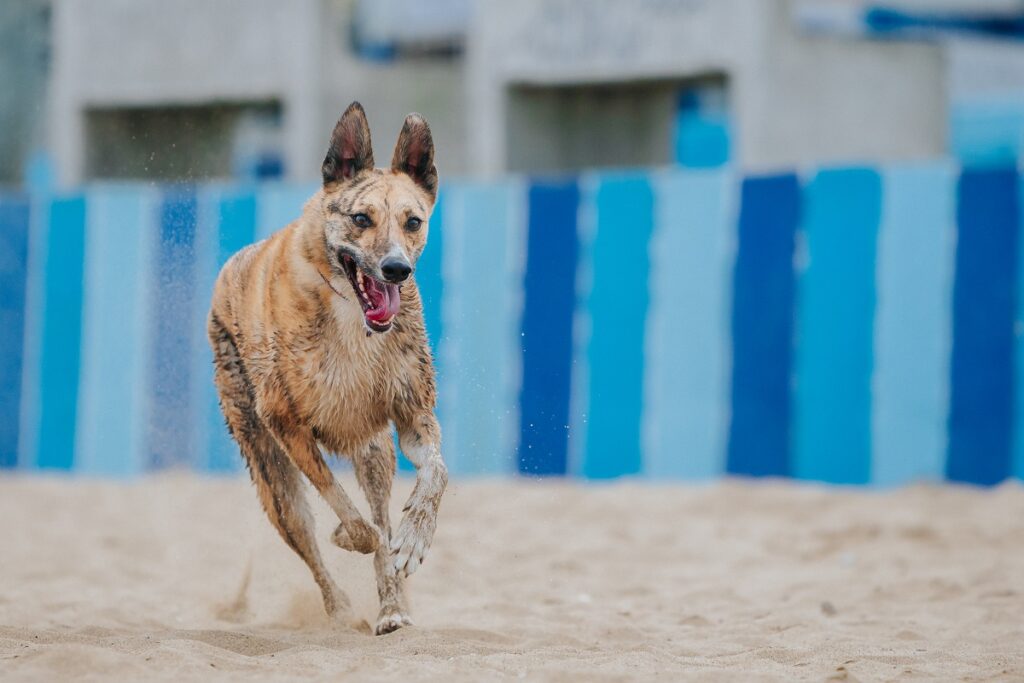There are both wild and domesticated Carolina Dogs, and the breed falls into the category of Pariah dogs. These are dogs that live near humans but are not fed or intentionally bred by them.
As such, the Carolina Dog is independent and adaptable. To become a pet, it must be accustomed to living with humans from puppyhood.
A well-socialized and affectionately trained Carolina Dog proves to be a cheerful, loyal, and cuddly housemate.
Pack Life
In the wild, Carolina Dogs, like wolves, live in packs with hierarchical structures. They hunt together and care for their puppies in a family unit. Even as a domestic pet, the American Dingo is deeply fixated on its (human) pack.
It forms a strong bond with its owners and is good with children. It acts wary and suspicious of strangers but is rarely aggressive to them. This dog possesses a strong protective instinct towards its family.
Wild Nature
These animals exhibit behaviours and traits more commonly associated with wolves and wild dogs.
For example, the females go into heat three times a year and not twice like females of modern breeds, and the puppies are fed regurgitated food paste.
The activity level is more influenced by the seasons than in other breeds: the Carolina Dog is more agile during the summer months than in winter.
Courageous Hunter
The American Dingo is a brave, skilled hunter that even takes on snakes. It covers its droppings with sand or earth.
Is the Carolina Dog Suitable for Beginners?
Due to its wild roots, the Carolina Dog is not recommended for beginners. It requires gentle training and careful familiarization with various environmental stimuli.
Any form of aggression, including raising one’s voice, unsettles the sensitive Yellow Dog.
In unfamiliar situations, this dog becomes nervous and does not easily cope with moves or enjoy joint holidays. These are not to its liking.

